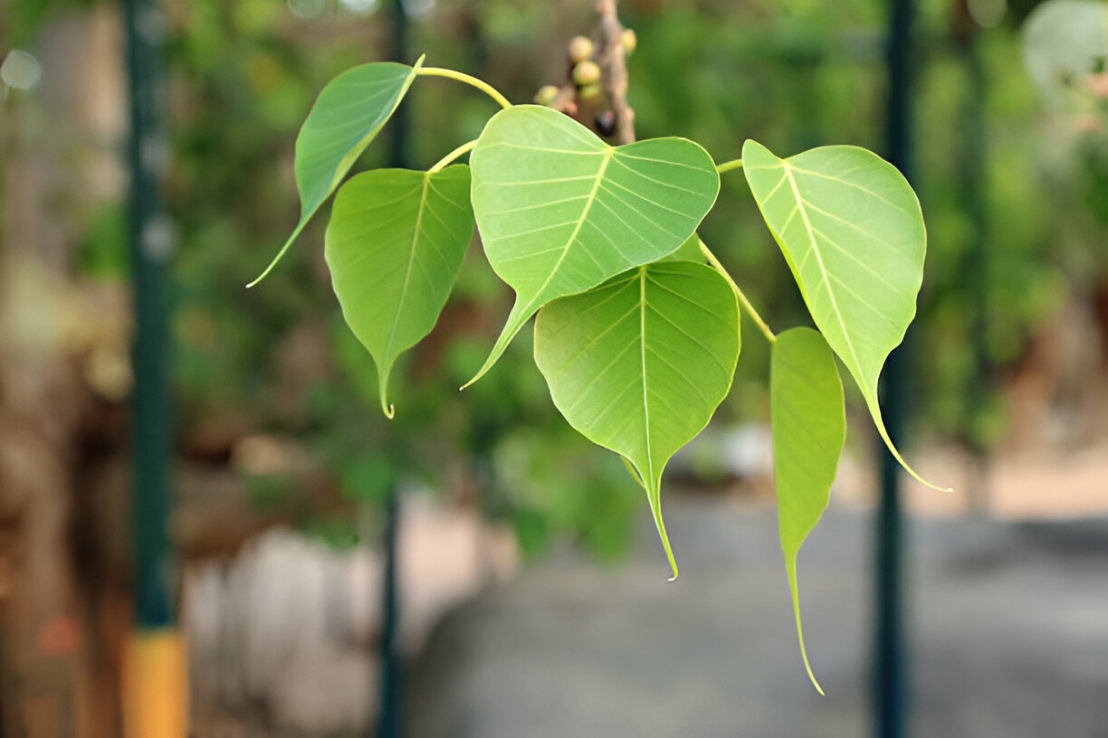Heart-Leaved Fig (Ficus polita) ?

Scientific Classification
- Kingdom: Plantae
- Phylum: Tracheophytes
- Order: Rosales
- Family: Moraceae
- Genus: Ficus
- Species: Ficus polita
Morphology & Characteristics
? Leaves & Structure
✅ Smooth-edged, heart-shaped leaves with an acuminate tip
✅ Glossy green foliage that enhances its ornamental appeal
✅ Often compared to the Pondoland fig (Ficus bizanae), but with smoother leaves
? Fruits
✅ Grows on old wood, meaning figs appear directly on mature branches
✅ Develops in small clusters on stubby branchlets
✅ Plays a crucial role in feeding birds and wildlife
? Size & Growth
✅ Can thrive at elevations up to 1,200 meters (3,900 ft) above sea level
✅ Flourishes in humid, tropical forest environments
Habitat & Distribution
? Where does Ficus polita grow?
This fig species is native to vast regions of tropical Africa, thriving in:
✔ West & Central Africa: Found in lowland rainforests and moist gallery forests
✔ East & Southern Africa: Adapts to coastal dry forests
✔ Madagascar: A significant part of the island's forest ecosystem
✨ It is commonly found at elevations up to 1,200 meters, making it adaptable to various climates.
Pollination & Reproduction
Like many fig species, Ficus polita has a specialized pollination system, relying on wasps to transfer pollen between its flowers.
? Pollinating Wasp Species
✅ Madagascar: Pollinated by Courtella bekiliensis bekiliensis
✅ African mainland: Pollinated by Courtella bekiliensis bispinosa
?️ This unique mutualistic relationship ensures the tree’s survival and helps maintain biodiversity in its native habitats.
Cultivation & Care
? Can you grow the heart-leaved fig at home or in gardens?
Yes! While primarily a wild species, Ficus polita can be cultivated in tropical and warm climates, especially if conditions mimic its natural habitat.
✔ Key Growing Tips
✅ Soil: Prefers nutrient-rich, well-draining soil
✅ Light: Requires bright, indirect sunlight but tolerates some shade
✅ Humidity: Thrives in humid, tropical environments
✅ Watering: Moderate watering; avoid waterlogging
? It grows best in warm, humid conditions with consistent moisture and partial sunlight.
Uses & Benefits
? Environmental Role
✅ Supports biodiversity by providing food and shelter for birds and animals
✅ Plays a vital role in rainforest regeneration and soil stabilization
? Ornamental Value
✅ Its heart-shaped leaves make it a beautiful addition to botanical gardens
✅ Suitable for landscaping projects in tropical and subtropical climates
? Eco-Friendly Benefits
✅ Helps improve air quality by absorbing atmospheric pollutants
✅ Creates a cooler, more humid microclimate, benefiting surrounding plants
Conclusion
? The heart-leaved fig (Ficus polita) is a stunning and ecologically important tropical tree.
Whether you are a nature enthusiast, a botanical gardener, or simply someone interested in unique fig species, Ficus polita is a remarkable tree worth learning about and preserving.
? Would you like to add this beautiful tropical fig to your garden? ?

Comments : 0